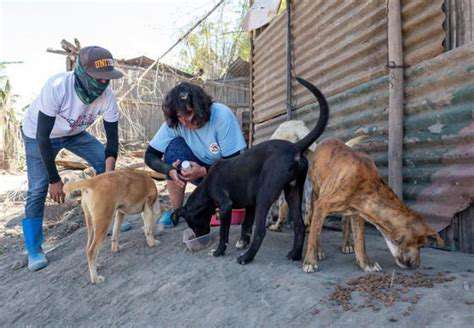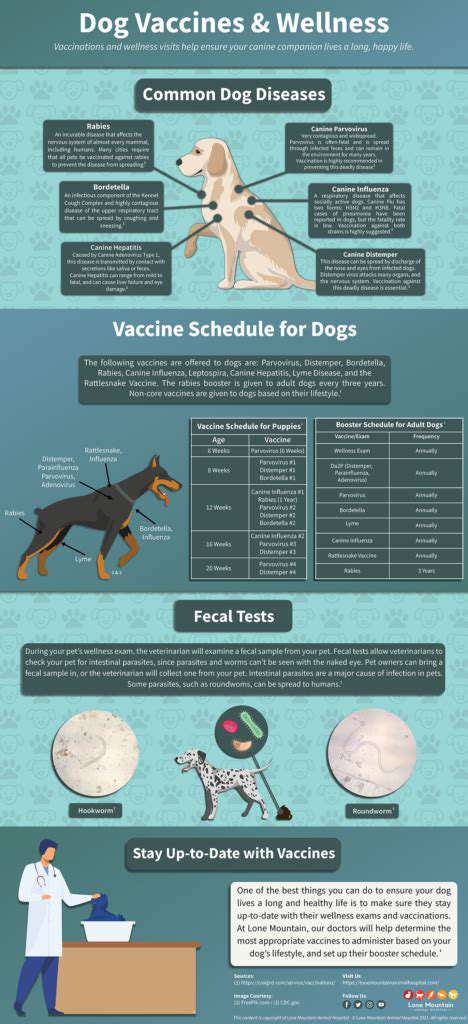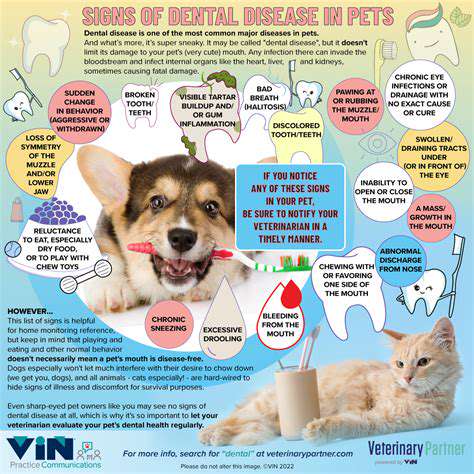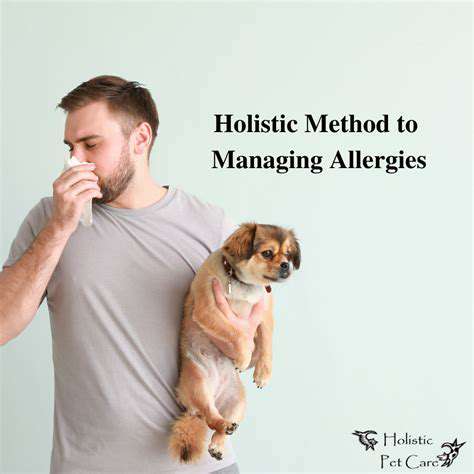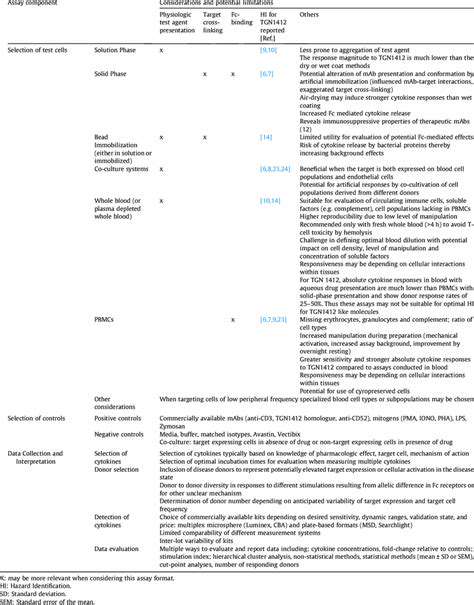The Dangers of Snow Covered Ice for Pets
Preventing Snow-Related Injuries
Winter conditions can wreak havoc on our pets' sensitive paws. What appears as harmless snow often hides sharp ice crystals and subzero temperatures that can damage paw pads, causing painful cuts or even frostbite. Being proactive about paw protection helps ensure your four-legged companion can enjoy winter activities safely.
Paw Protection Gear
Specialized footwear offers excellent protection against winter hazards. Many pet retailers carry durable, weather-resistant booties designed specifically for winter use. Look for models featuring waterproof exteriors with breathable linings to keep paws both dry and comfortable. Proper fit is crucial - booties that are too tight restrict movement while loose ones may fall off.
Consider your pet's specific needs. Dogs regularly walking on ice may require more heavy-duty protection than those mainly on cleared paths.
Paw Pad Inspection
Make paw checks part of your post-walk routine during winter months. Examine between toes and pads for any signs of injury, irritation, or foreign objects like ice balls. Early detection of problems allows for prompt treatment before they worsen.
Consult your veterinarian immediately if you notice any concerning symptoms.
Salt and Chemical Sensitivity
De-icing products commonly used on sidewalks and roads can severely irritate pets' paws. Beyond direct contact issues, these chemicals pose additional risks if pets lick them off their feet after returning indoors.
Avoiding High-Risk Areas
Be selective about walking routes during winter. Choose paths with less ice accumulation and avoid shaded areas where ice persists longer. When possible, stick to surfaces that have been cleared or treated to reduce slipping hazards.
Proper Grooming and Paw Care
Winter demands extra attention to paw maintenance. Keep nails trimmed to prevent them catching on ice. Regularly clean and dry paws after outdoor activities to remove any salt or chemical residues that could cause irritation.
Winter Walking Habits
Adjust your walking routine for winter conditions. Move more cautiously on slippery surfaces and consider shorter, more frequent walks during extremely cold periods. Using a secure leash gives you better control if your pet encounters unstable footing.
Exploring Alternative Walking Routes
Walking Routes in Snow-Covered Areas
Choosing appropriate walking paths becomes particularly important during winter months. Familiar routes may transform into hazardous zones due to hidden ice or chemical treatments. Evaluating terrain conditions before setting out helps prevent accidents and keeps your pet safe during winter excursions.
Sometimes the safest option involves temporarily changing your usual path. Look for areas with packed snow or cleared surfaces that offer better traction. Being flexible with your walking plans demonstrates responsible pet ownership and prioritizes your companion's wellbeing.
Assessing Hazards on Alternative Routes
Carefully evaluate any new route before letting your pet explore it. Notice snow conditions - is it powdery, packed, or hiding ice beneath? Watch for uneven surfaces or visible signs of recent snow movement that might indicate instability.
Avoid areas showing evidence of chemical treatments or unknown substances that could harm your pet. Taking time to assess these factors helps ensure you choose the safest possible path for your winter walks.
Important Considerations for Your Pet's Safety
Remember that winter conditions affect pets differently than humans. Their lower body height and exposed paws make them more vulnerable to cold and ice. Protective footwear becomes especially important when walking on treated surfaces or prolonged exposure to snow.
Stay attuned to your pet's comfort level during walks. If they show signs of distress or reluctance in certain areas, respect their instincts and adjust your route accordingly. Their wellbeing should always guide your winter walking decisions.
The Importance of Veterinary Care

Preventive Veterinary Care
Regular veterinary visits form the cornerstone of responsible pet ownership. These checkups allow professionals to spot developing health issues before they become serious problems, potentially saving both money and heartache in the long run. Early detection of conditions like dental disease or arthritis often means simpler, more effective treatment options.
Vaccinations provide critical protection against dangerous diseases, and maintaining up-to-date immunizations represents one of the most important preventative measures pet owners can take. Your veterinarian can also provide personalized advice on nutrition and exercise tailored to your pet's specific needs.
Emergency Veterinary Care
Accidents and sudden illnesses require immediate professional attention. Identifying emergency veterinary resources before you need them ensures you can act quickly during critical situations. Having an established relationship with a veterinary practice means they'll already be familiar with your pet's medical history during emergencies.
Diagnostic Capabilities
Today's veterinary clinics offer sophisticated diagnostic tools comparable to human medicine. From digital imaging to advanced laboratory tests, these technologies enable accurate diagnosis and targeted treatment plans. This level of care helps ensure pets receive the most appropriate interventions for their specific conditions.
Specialized Veterinary Services
Many practices now offer specialty services like advanced dentistry, orthopedic surgery, and cancer treatment. This expansion of veterinary medicine allows for comprehensive care addressing complex health issues.
Access to specialists means your pet can receive expert care for specific conditions. This specialized knowledge often makes the difference in managing challenging medical cases effectively.
The Role of Veterinary Professionals
Veterinarians and their staff dedicate years to understanding animal health and behavior. Developing a trusting relationship with your veterinary team creates a partnership focused on your pet's wellbeing. This connection facilitates open communication and collaborative decision-making about your pet's care.
Cost of Veterinary Care
While quality veterinary care requires financial investment, budgeting for routine and emergency care represents an essential aspect of responsible pet ownership. Many clinics offer payment plans or can recommend pet insurance options to help manage costs. Understanding these financial considerations helps ensure you can provide necessary care throughout your pet's life.
Read more about The Dangers of Snow Covered Ice for Pets
Hot Recommendations
- Customized Sleep Schedules: AI Driven for Sustainable Rest
- Crafting a Personalized Productivity Plan for Mental Clarity
- Sustainable Self Compassion: Cultivating Kindness Towards Your Mind
- Sustainable Productivity Hacks for the Busy Professional
- Sustainable Wellness for Parents: Balancing Family and Self Care
- Data Informed Self Care: Designing Your Personalized Wellness Strategy
- Sustainable Wellness for a Purpose Driven Life
- AI Assisted Mindfulness: Personalized Meditations for Deeper Practice
- Building Inclusive Mental Health Services: Key Initiatives
- AI Powered Self Care: Customizing Your Routine for Maximum Impact
